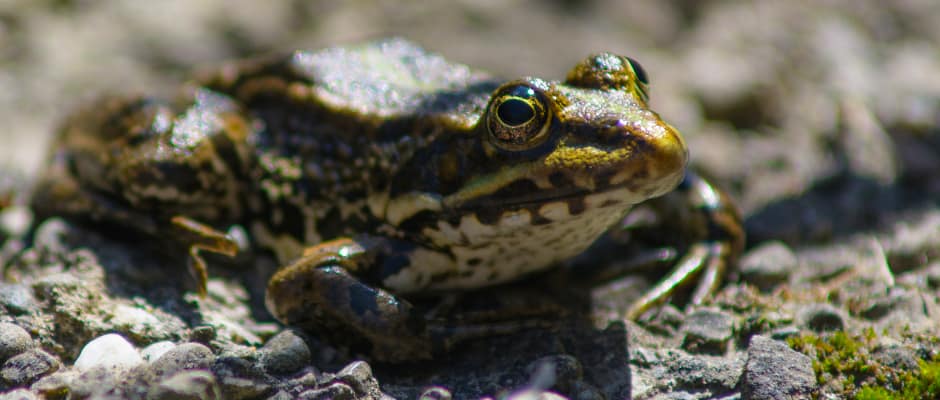Share this article
Tropical Amphibians Face High Extinction Rates, Study Says
A combination of habitat destruction, deadly diseases and climate change may spell doom for amphibians in many parts of the world, according to new research.
“There’s pretty good agreement that the biggest threat for amphibians is the [chytrid] (Batrachochytrium dendrobatidis) fungus,” said John Alroy, an associate Professor in the Department of Biological Sciences at the Macquarie University in Australia and author of the study published in the Proceedings of the National Academy of Sciences this week. “However, I think habitat destruction might have a bigger role than people realize — and future climate change is going to have huge and unpredictable consequences.”
Alroy looked at specimen samples from museums of amphibians and reptiles in nine different geographical regions in the world and compared them to published observations to estimate the number of extinct species in those areas. Alroy used conservative counts, but still estimated around 200 frog species have gone extinct around the world in the past 30-40 years.
Some of the hardest hit regions were in Latin America, potentially due to the chytrid fungus.
Alroy also calculated the probability of continuing extinction rates and found that hundreds more frog species could go extinct within the next century.
The Southeast United States was also surveyed, but had relatively low extinction rates for reptiles and amphibians, he said. This could be that “rampant deforestation” during the 18th and 19th centuries in the region could have wiped out many species before they were ever described scientifically, but the intense glacial activity in North America during the Pleistocene could also be to blame.
“I think conservation efforts in the U.S. and Canada have been pretty successful,” he added.
Reptiles were surveyed as well but faced relatively low extinction rates in most areas. Alroy said his data suggested potential extinctions in Madagascar and other places, “but this is definitely a case where more research is required.” He said habitat loss is the main threat to reptiles.
He said that he hopes this draws more research to these animals in many parts of the world.
“I hope this information can be used to leverage more resources for conservation in those areas. I think people weren’t aware of these extinctions because the baseline data are so poor,” Alroy said.
Header Image: Marsh frog. Image Credit: kuhnmi, licensed by cc 2.0








